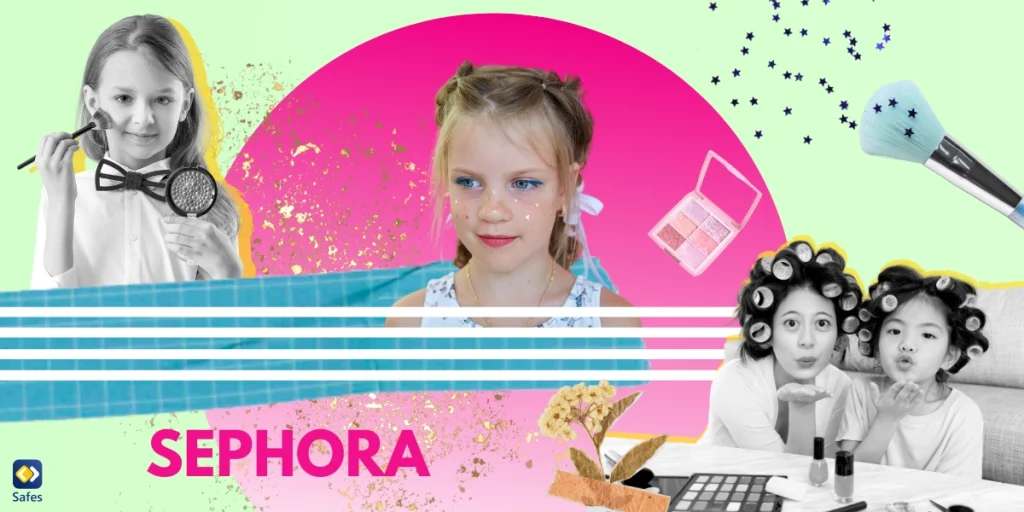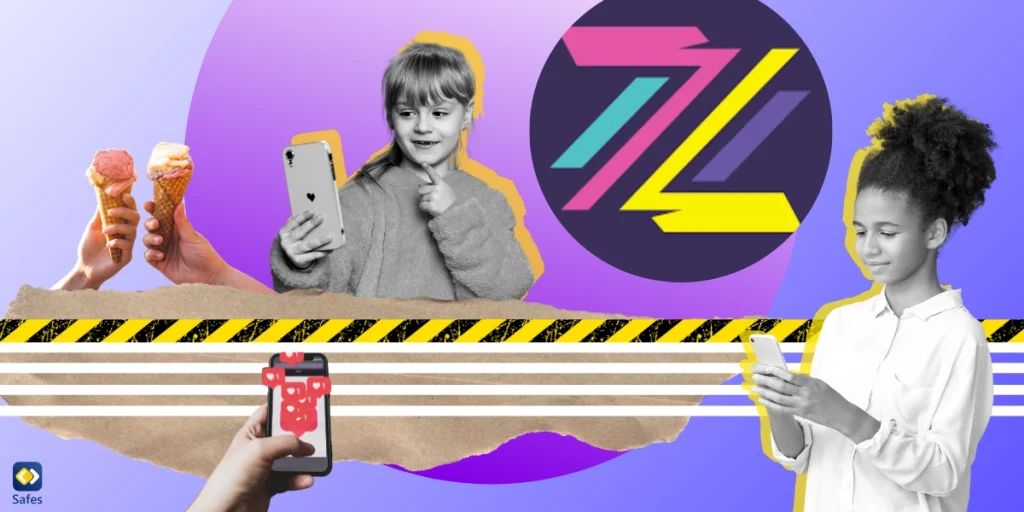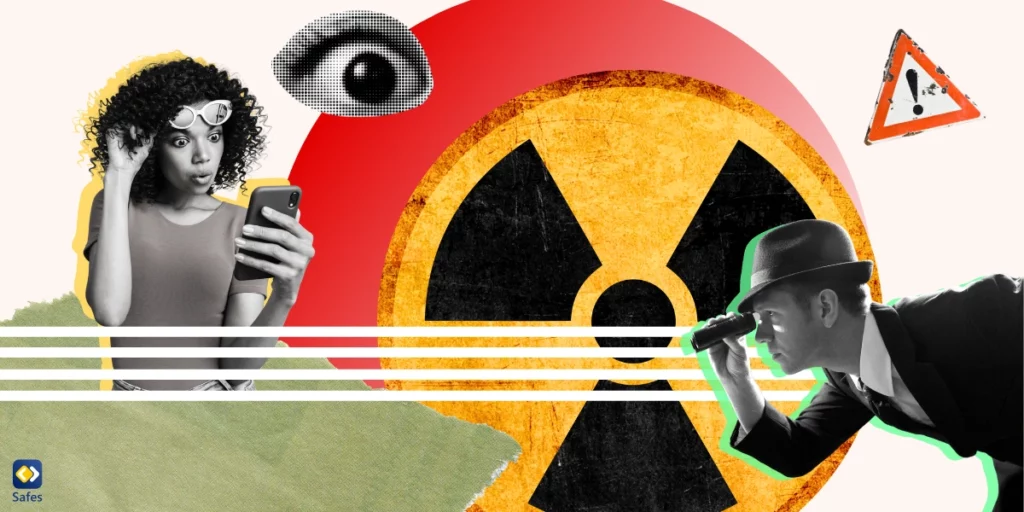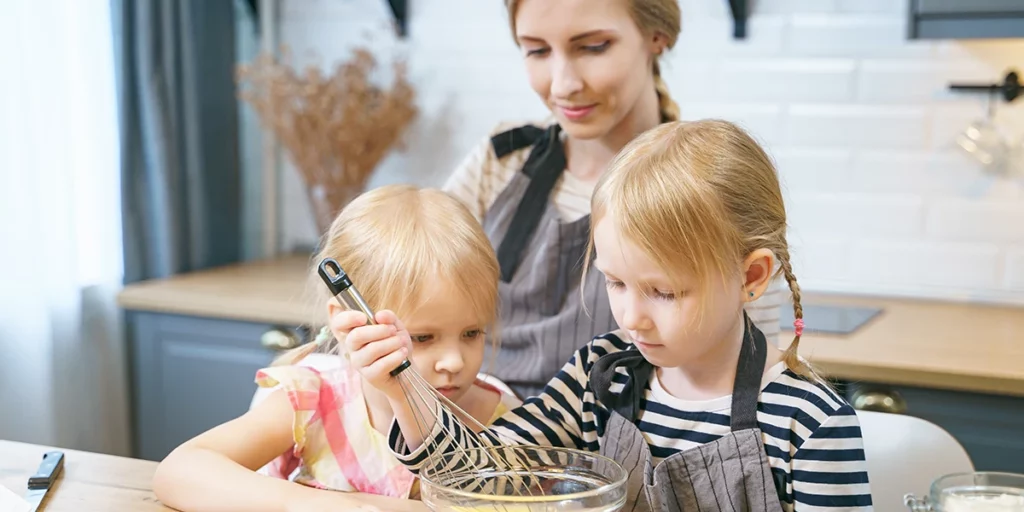There has been an emerging trend in the beauty industry that has caught the world’s attention. More and more young children, specifically 10-year-olds, are buying beauty products from Sephora. This trend, widely known as “Sephora kids,” has sparked a lot of controversies. Let’s delve into this issue and explore different aspects, from the appropriateness of makeup for little girls to skincare for 10-year-olds.
The Rise of the “Sephora Kids” Phenomenon
The “Sephora kids” phenomenon refers to the recent trend of young children, particularly girls, purchasing beauty products from Sephora. These children, often referred to as “Gen Alpha,” are increasingly drawn to skincare and cosmetics. The trend has been amplified by the digital age, with many Sephora kids creating and sharing videos of themselves using these beauty products on social media platforms like TikTok and Instagram.
The Role of Social Media
Social media plays a significant role in the rise of the “Sephora kids” trend. Platforms like TikTok and Instagram serve as catalysts for influencing young users’ behaviors, including their shopping habits and beauty routines. Many young girls follow social media influencers who promote beauty products, share makeup tutorials, and introduce skincare routines. As a result, these young girls are drawn to imitate these behaviors, which often involve purchasing and using beauty products from popular brands like Sephora.
- Related Article: How Social Media Shapes Unrealistic Expectations in Children
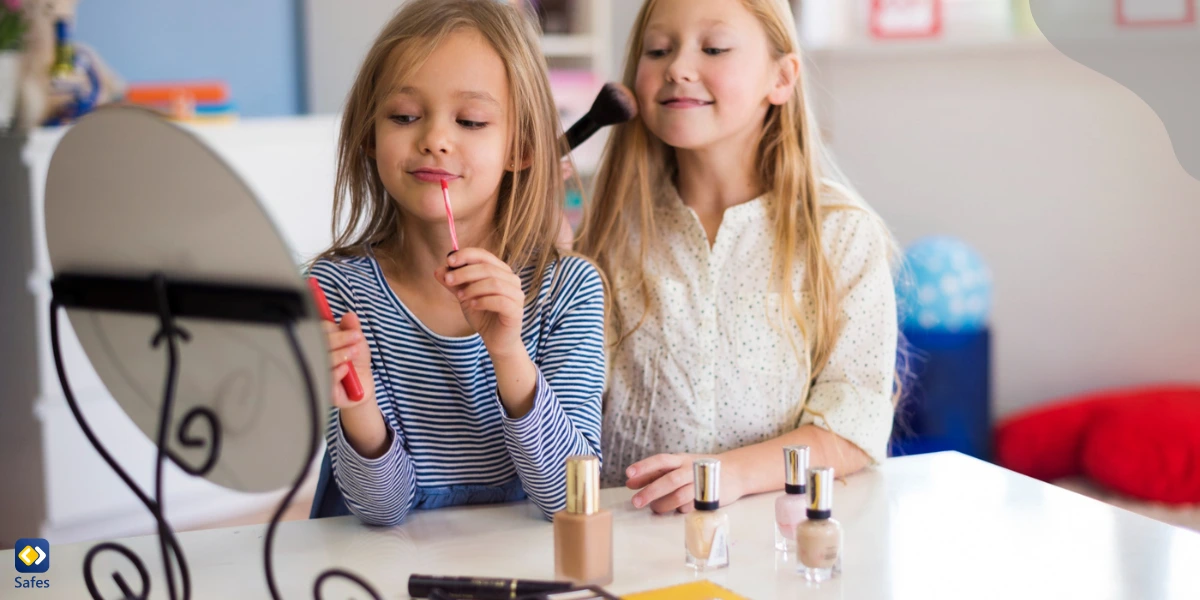
Controversy Surrounding “Sephora Kids”
The “Sephora kids” trend has sparked a heated debate. While some see Saphora for tweens and kids as a harmless act of children mimicking adults, others argue that it’s inappropriate and potentially harmful.
The Argument For: Mimicking Adults
Those in favor of the Sephora kids makeup trend argue that children have always been fascinated by adult activities, and using kids beauty products is no different. They point out that children have long played with dolls as a form of mimicry, so experimenting with makeup and skincare products is merely an extension of this behavior.
The Argument Against: Potential Harms
On the other side of the debate, critics argue that children using beauty products can be harmful. They point out three main concerns:
Skin Damage: Children’s skin is more sensitive than adults’, and using beauty products, especially anti-aging ones, can potentially harm their skin. As Linola explain on their website, even using inappropriate moisturizing solutions can harm children’s skin: “If the skin of babies and children is over-moisturised, it can struggle to regulate itself, and the development of the natural skin barrier can be disrupted. Therefore, when it comes to skincare for the little ones: Less is more!”
Needlessness: Critics argue that children’s skin is naturally healthy and doesn’t need beauty products, especially high-end ones like those sold at Sephora.
Promotion of Consumerism: Some argue that encouraging children to buy beauty products can lead to consumerism and promote unrealistic beauty standards.
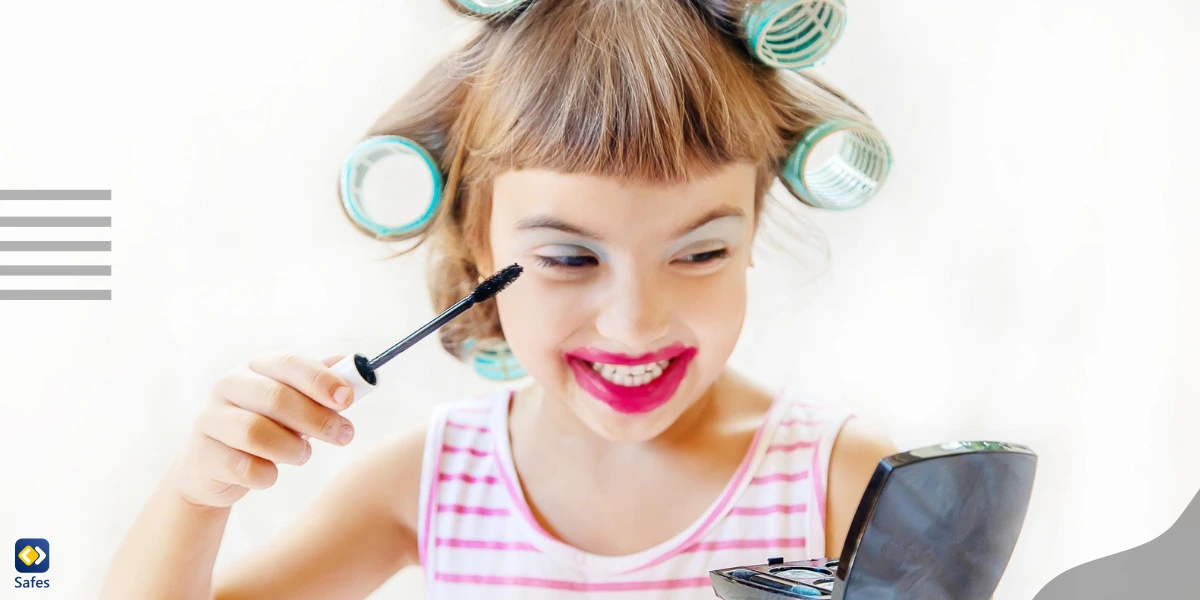
Addressing the Concerns: A Guide for Parents
For parents navigating this controversial issue, it’s important to have a clear understanding of what is appropriate and safe for their children. Here are some key points to consider:
Choosing the Right Beauty Products
When it comes to makeup for little girls or skincare for 10-year-olds, the key is to choose products that are safe and age-appropriate. Avoid products with harsh chemicals or ingredients that can harm their sensitive skin. Instead, opt for gentle, natural products specifically designed for children’s skin.
Teaching Responsible Consumer Habits
It’s crucial to teach children responsible consumer habits. This includes understanding the difference between want and need, making informed decisions, and resisting the pressure to conform to certain beauty standards.
Monitoring Social Media Use
With the significant influence of social media on children’s behaviors, it’s essential for parents to monitor their children’s online activities. This includes being aware of who they follow, what videos they watch, and how they interact with others online.
Introducing the Safes Parental Control App
The Safes parental control app is a valuable tool that can help parents monitor and control their children’s behaviors in the digital world. This app can protect children from potential online dangers, such as inappropriate content or harmful influences. With features like internet filtering, app blocking, and time management, parents can ensure that their children have a safe and healthy online experience.
Feel free to discover the full array of Safes’s features by starting your free trial. Download Safes from major app distribution platforms like Google Play and App Store.
Also, you might find the instructions below helpful. We’ve compiled comprehensive guides on setting up default parental controls across various devices. Whether your child is using Android, iPhone, Mac, or Windows, our step-by-step resources will enable you to create a safer digital environment for your family. Click on the links below to access tailored instructions for each device:
Conclusion
The “Sephora kids” phenomenon is a complex issue that raises important questions about the appropriateness of children buying and using beauty products. While it’s natural for children to want to mimic adults, it’s crucial to ensure that they do so in a safe and responsible manner. Parents play a critical role in guiding their children through this process, from choosing the right beauty products to teaching responsible consumer habits and monitoring their social media use. With the right approach and tools, like the Safes parental control app, you can help your child navigate the world of beauty in a healthy and safe way.
